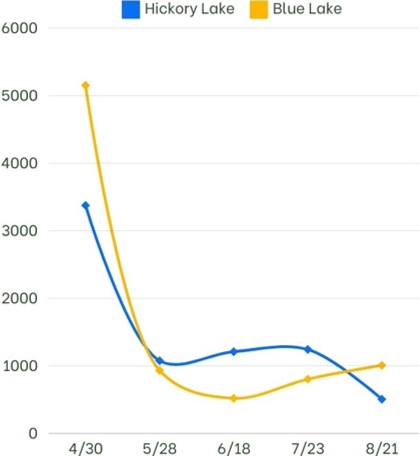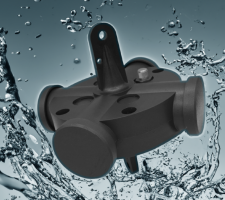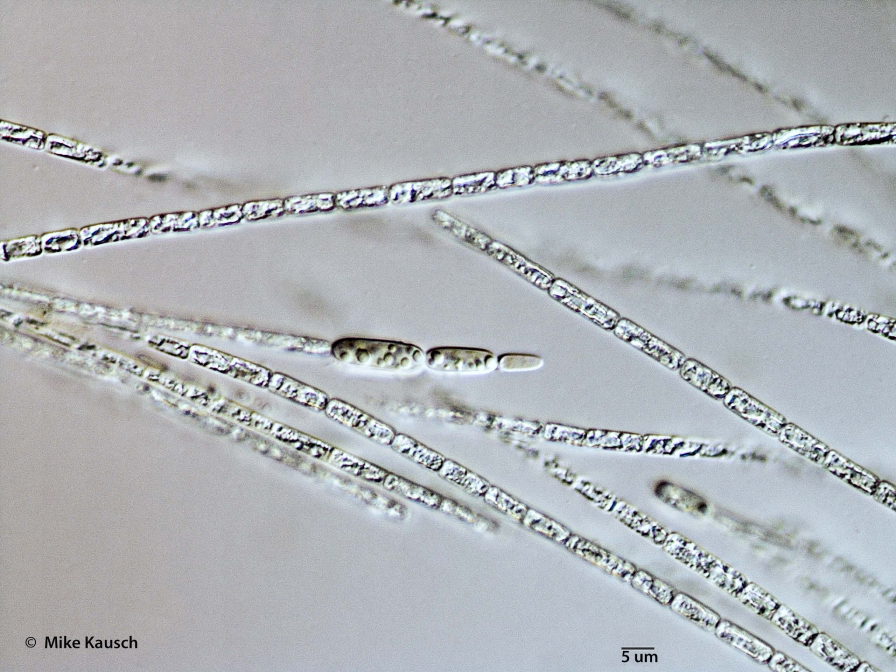Case Study: Polk County, FL
Many lakes in Polk County, Florida, have historically experienced algae blooms that lead to degraded water quality, disruption of ecosystems, and the production of toxins that pose significant risks to wildlife and public health.
WaterIQ’s Sentinel AIQ System & Pulsar 4400™

Blue Lake (54 acres)
Hickory Lake (101 acres)
Blue Lake (54 acres)__________________________Hickory Lake (101 acres)
Polk County Natural Resources partnered with WaterIQ Technologies on two public lakes experiencing harmful algae blooms: Hickory Lake and Lake Blue. Hopeful to find a cost-effective and sustainable solution, they decided to utilize WaterIQ’s Sentinel AIQ systems. Water samples were taken of each lake, revealing the presence of Microcystis, Arthrospira, and Cylindrospermopsis.
Although Microcystis was dominant in both lakes, the presence of Cylindrospermopsis in Blue Lake was particularly concerning due to its ability to reproduce quickly and produce harmful toxins.

• Hickory Lake experienced an 85% decrease in cyanobacteria
• Blue Lake experienced a 42% decrease in cyanobacteria
In conclusion:
In both lakes, WaterIQ Technologies’ Sentinel AIQ with pulsar 4400™ demonstrated its effectiveness by significantly reducing the abundance of toxin-producing cyanobacteria and preventing further proliferation. Both Microcystis and Cylindrospermopsis factored into the total concentrations values.
Cyanobacteria concentrations (particles/mL)





